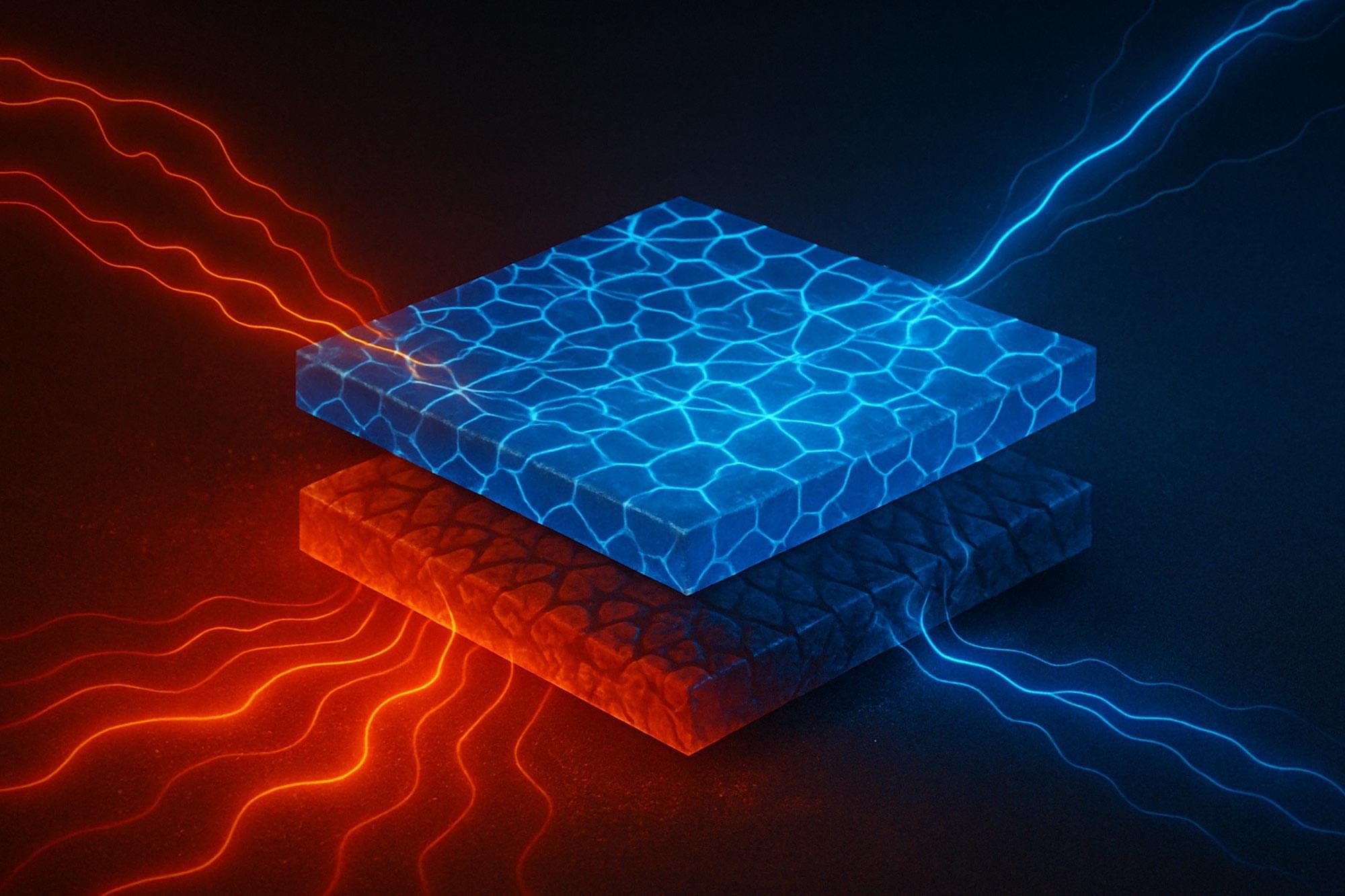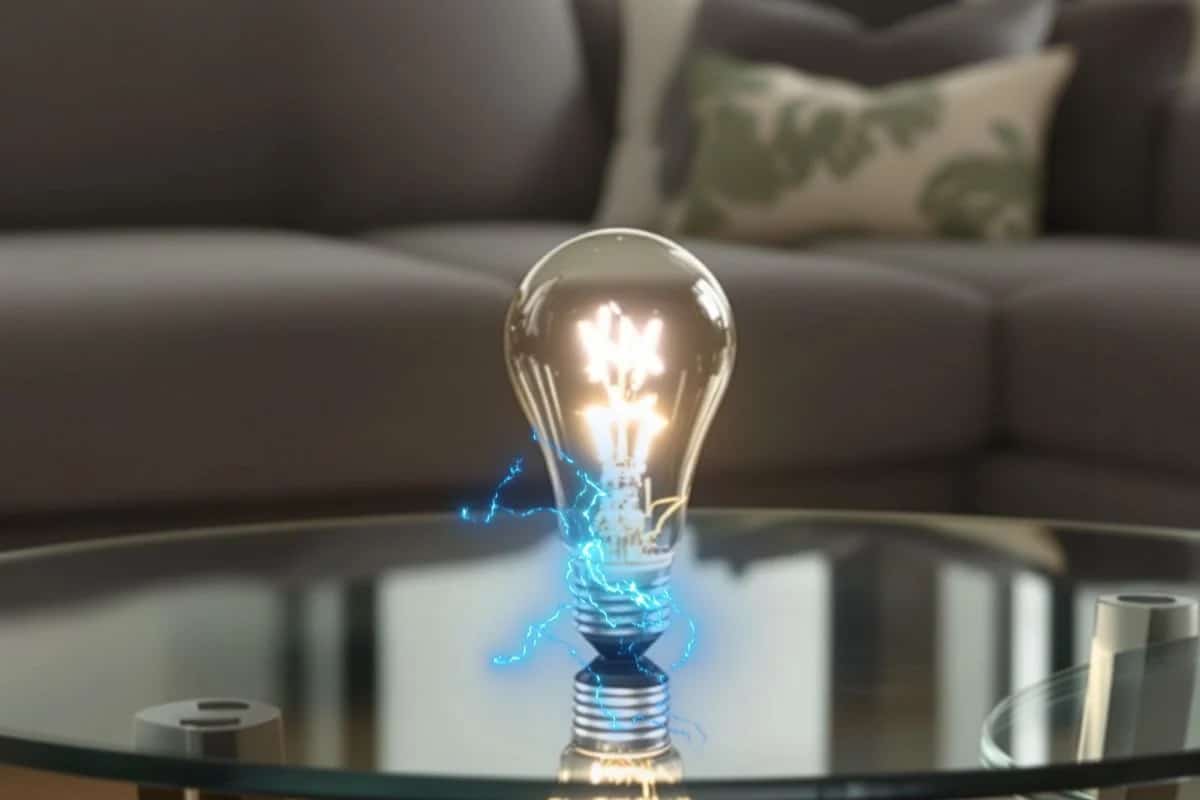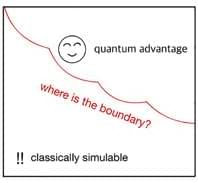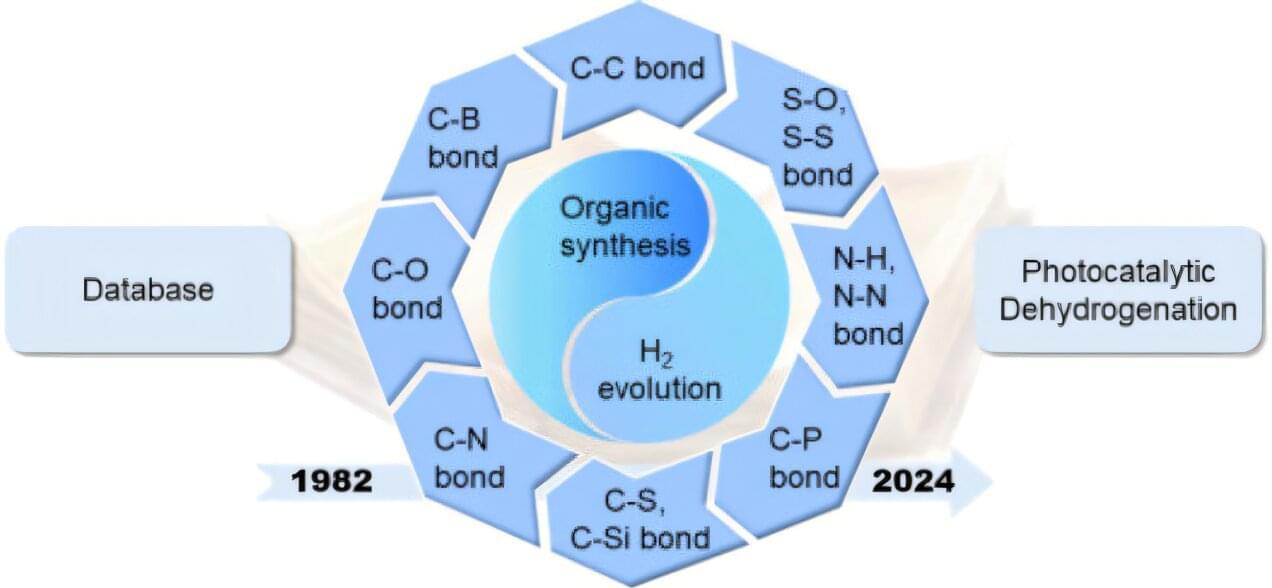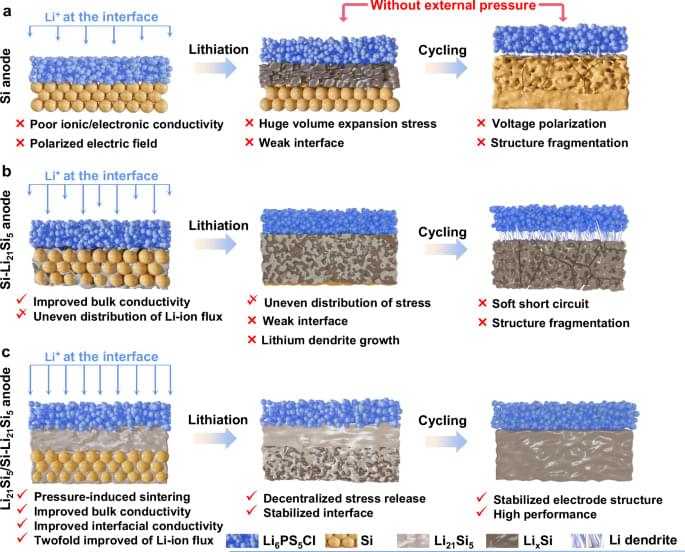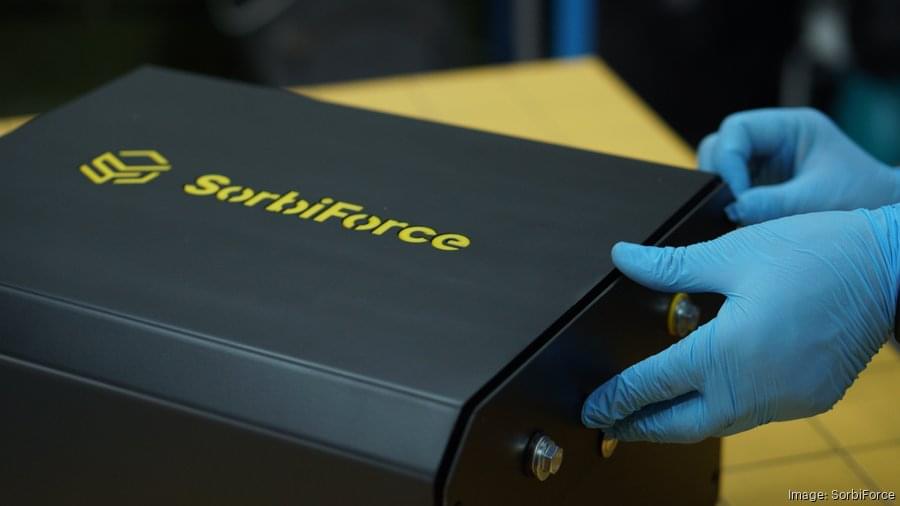Scientists have found a clever way to double the efficiency of thermoelectric materials — those that convert heat into electricity — by mixing two substances with contrasting mechanical properties but similar electronic traits.
The result is a hybrid that blocks heat at microscopic interfaces while allowing electricity to flow freely, bringing us closer to cheaper, more stable alternatives to today’s gold-standard materials used in the Internet of Things and beyond.
Boosting thermoelectrics for the internet of things.
